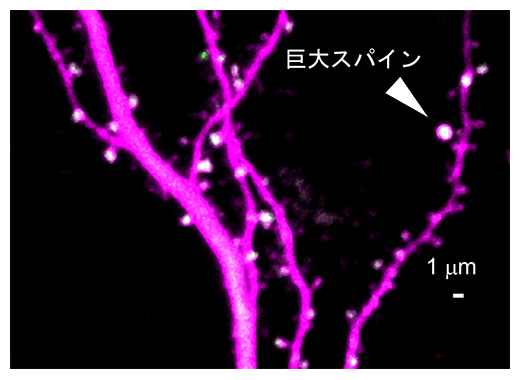2023-06-09 タフツ大学
◆タフツ大学の研究者は、ヒトの腸内環境を模した組織である腸内オルガノイドを使用して、プラスチック粒子の炎症効果を調査しました。彼らは、高濃度のプラスチック粒子がヒトの炎症性腸疾患と関連する炎症分子の分泌を引き起こすことを発見しました。
◆これらの研究結果は、微粒子プラスチックの潜在的な毒性を理解するためにヒトの細胞オルガノイドが有効であり、環境汚染物質の影響を研究するための貴重なモデルであることを示しています。
<関連情報>
- https://now.tufts.edu/2023/06/09/what-microplastics-might-be-doing-our-intestines
- https://www.sciencedirect.com/science/article/abs/pii/S154996342300031X?via%3Dihub
ポリスチレンマイクロ・ナノプラスチックのヒト腸内オルガノイド由来上皮組織モデル(M細胞なし・あり)に対する生物学的影響 Biological effects of polystyrene micro- and nano-plastics on human intestinal organoid-derived epithelial tissue models without and with M cells
Ying Chen, Ashleigh M. Williams, Edward B. Gordon, Sara E. Rudolph, Brooke N. Longo, Gang Li, David L. Kaplan
Nanomedicine: Nanotechnology, Biology and Medicine Available online: 25 April 2023
DOI:https://doi.org/10.1016/j.nano.2023.102680
Abstract
Micro- and nano-plastics (MPs and NPs) released from plastics in the environment can enter the food chain and target the human intestine. However, knowledge about the effects of these particles on the human intestine is still limited due to the lack of relevant human intestinal models to validate data obtained from animal studies or tissue models employing cancer cells. In this study, human intestinal organoids were used to develop epithelia to mimic the cell complexity and functions of native tissue. Microfold cells (M cells) were induced to distinguish their role when exposure to MPs and NPs. During the exposure, the M cells acted as sensors, capturers and transporters of larger sized particles. The epithelial cells internalized the particles in a size-, concentration-, and time-dependent manner. Importantly, high concentrations of particles significantly triggered the secretion of a panel of inflammatory cytokines linked to human inflammatory bowel disease (IBD).
Graphical abstract
Human intestinal organoids isolated from patients were used to establish intestinal epithelia recapitulating the cell complexity and functions of native tissue. The epithelia were exposure to different sizes and concentrations of polystyrene micro- and nano-plastics (MPs and NPs) for different exposure periods to understand the uptake and potential cytotoxicity of the plastic particles. Particle tracking were conducted with confocal microscopy, while the intestinal barrier integrity and inflammatory response to the particles were assessed by transepithelial electrical resistance assay and cytokine profiling. The obtained results contribute to the current knowledge of the effects of MPs and NPs on human health.



